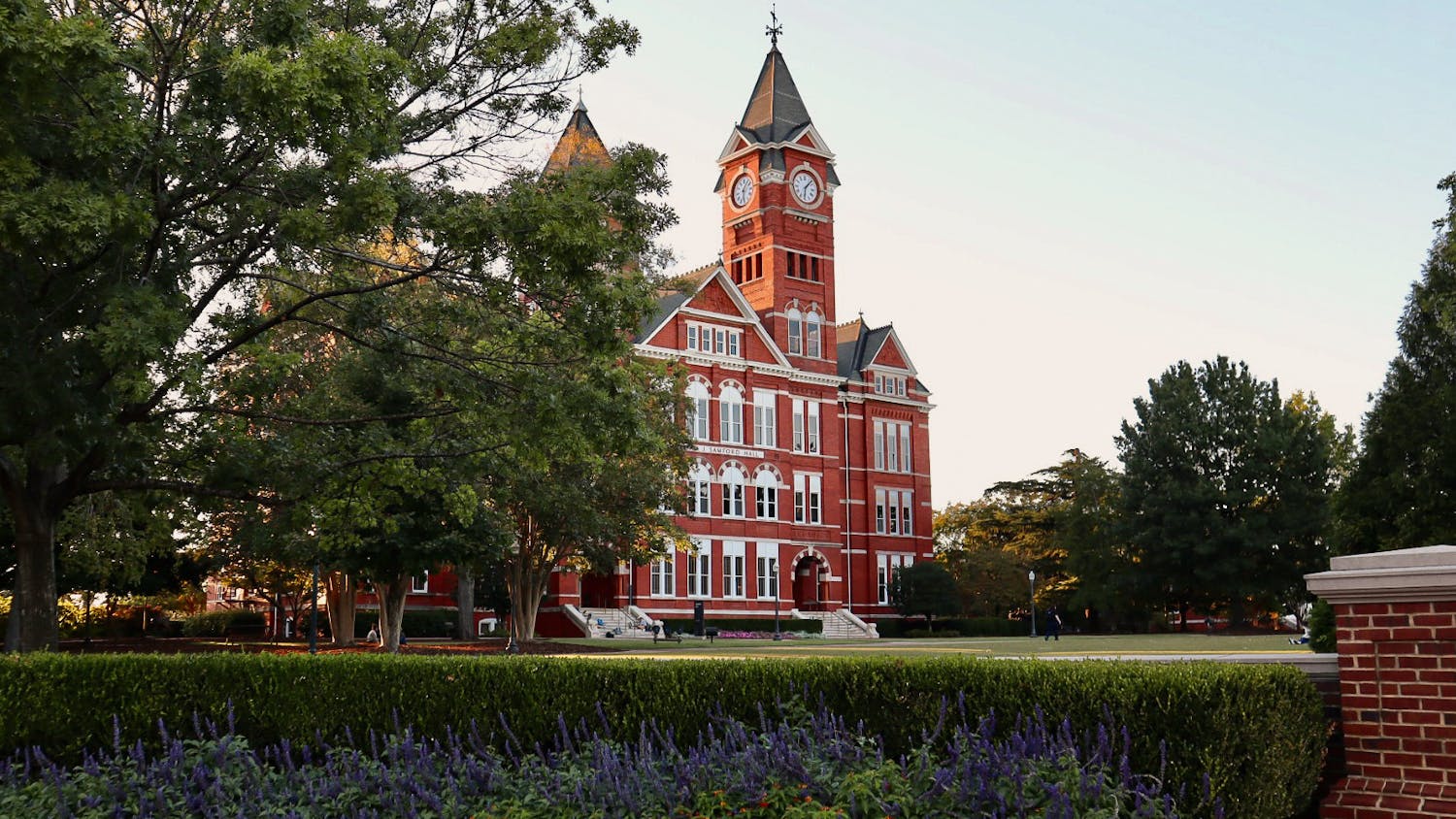Big changes could be coming to The Plains if the president’s plans come to fruition.
On Friday, Sept.15, in his first report to the Board of Trustees since taking the position, President Steven Leath outlined his goals for the future of the University, vowing to reorganize the structure and culture of Auburn to do so.
“[T]here’s nothing broken here,” he said. “This is a great University. I can certainly find ways where we can grow and do more and do better, but that’s good when you’re going from a position of strength.”
His top three priorities: students, gaining R1 status and growing the University’s reputation across the world.
R1 universities are schools that perform the “highest research activity” and are classified by the Carnegie Classification of Institutions of Higher Education.
Auburn is currently a tier below that, classified as performing “higher research activity.” Iowa State University, where Leath previously served, is a R1 university.
It will take more than just personnel changes to achieve what he wants to do, the president said, it will also take a change in the University’s “culture.”
“There’s one other thing on my to-do list that I’m working on, and that’s about culture, and culture is hard to change in an institution, especially a 150-year-old institution,” Leath said. “I don’t want to be too dramatic here, but many people who have worked for me have heard me say that there’s not really any sense of urgency in the culture of this University.”
To accomplish this, the president said his office would be looking to trim down the numbers of certain positions.
“Frankly, when I looked at the numbers … I think we’re kind of top-heavy on administrators,” Leath said. “I think over the next year or so when we get reorganized, you’ll see our administrative costs on a per-student, per-faculty basis are going to go down, which will cause a greater workload on the senior administrators, but I think that’s probably what we need to do.”
In 2016, Auburn had 417 employees classified as administrators and 1,944 professional employees, according to the University’s Office of Institutional Research. For comparison, the University employed 1,260 full-time faculty members.
In summer 2016, Iowa State eliminated the position of 30 IT employees as part of a reorganization. Some of those employees took other positions at the university.
The increasing number of university administrators has often been blamed as the culprit for rising tuition costs and bureaucratic slowdown.
However, others have challenged this belief. Data-analysis website FiveThirtyEight published an article last year, examining the different factors that affect college tuition. They proposed the largest increases in tuition have come from a decrease in funding from state governments.
According to the Chronicle of Higher Education, the share of Auburn University’s revenue coming from state funds decreased by more than 20 percentage points as a portion of the operating budget from 1987 to 2012.
In 1987, the annual cost of tuition and fees for an in-state student to attend Auburn full-time was $1,260, or $2,604 in 2017 dollars. Today, the annual cost is $10,968.
With one of the smallest endowments in the SEC and $100 million less of an endowment than at Iowa State, Leath said he is looking to transform Auburn by stretching the University's dollar.
“[Y]ou’re going to see a lot of pressure from my office about a sense of urgency as we grow research and scholarship, especially in our business practices,” he said. “I’m not going to run [the University] as a business. But it’s going to be run in a more businesslike fashion than it’s ever been run before. … [I]n the end we’re going to accomplish a lot more.”
Correction: The print-version of this story inaccurately stated the University had 1,437 part-time employees in teaching roles in 2016. The number of total part-time employees in 2016 was 1,437, not just those in teaching roles.
Do you like this story? The Plainsman doesn't accept money from tuition or student fees, and we don't charge a subscription fee. But you can donate to support The Plainsman.




